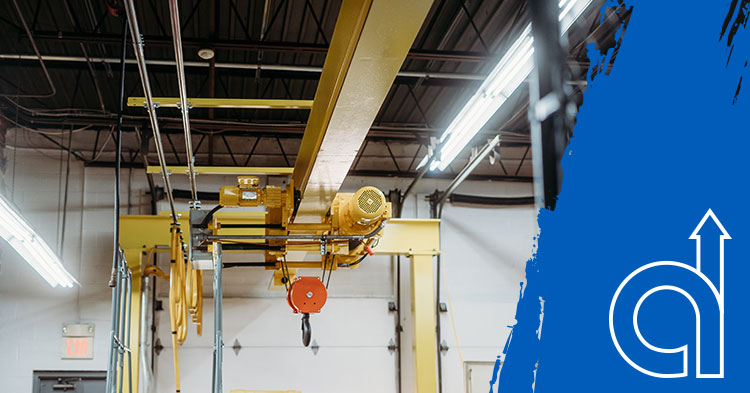
by American Crane | Feb 13, 2025 | Industry News, Manufacturers, Uncategorized
Understanding which equipment will best fit your operation’s unique overhead handling needs and budget can be a complex and time-consuming task. With numerous manufacturers offering a wide range of cranes and hoists designed for different loads, capacities, usage...
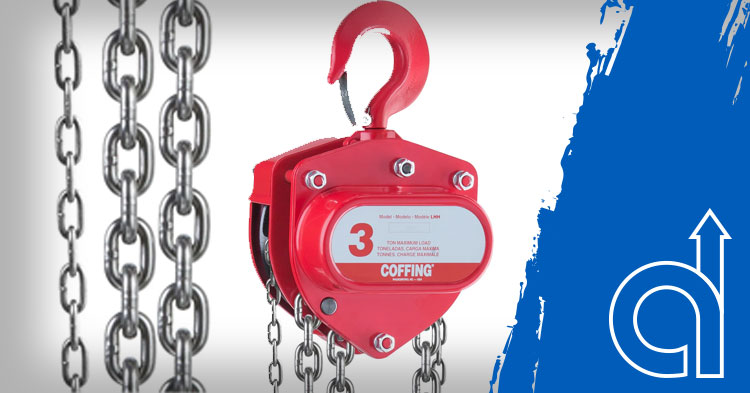
by American Crane | Feb 11, 2025 | Featured Products, Industry News, Manufacturers, Uncategorized
Reliable equipment is a non-negotiable in the crane and hoist industry, and manufacturers reliant on precision and safety often turn to the Coffing Hoists line of manual chain hoists for their trusted performance. Among their offerings, the Coffing LHH Manual Chain...
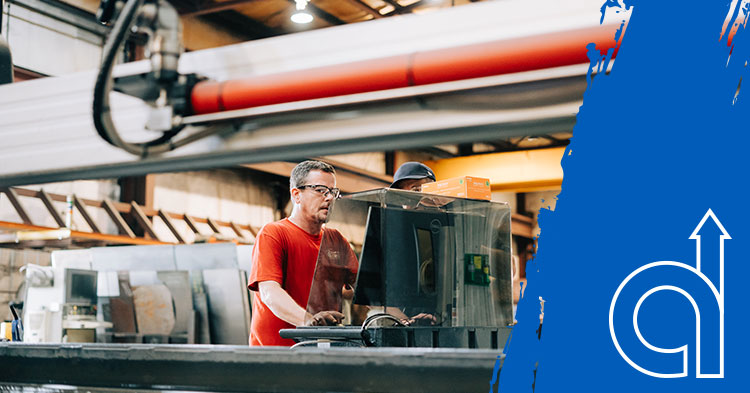
by American Crane | Jan 14, 2025 | Industry News, Manufacturers, Overhead Equipment, Uncategorized
At American Crane & Equipment Corporation (ACECO), delivering high-quality products and services is at the core of our identity. For over 50 years, we have established ourselves as a trusted partner in the material-handling industry, crafting reliable overhead...
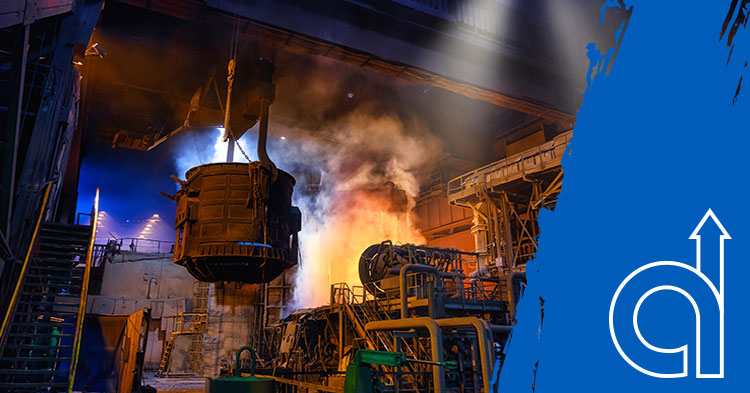
by American Crane | Dec 19, 2024 | Uncategorized
Working with molten materials is intense and requires strict safety protocols. At American Crane & Equipment Co. (ACECO) we supply industries that manage molten materials with furnace charging equipment specially designed to handle high-risk loads, potential...
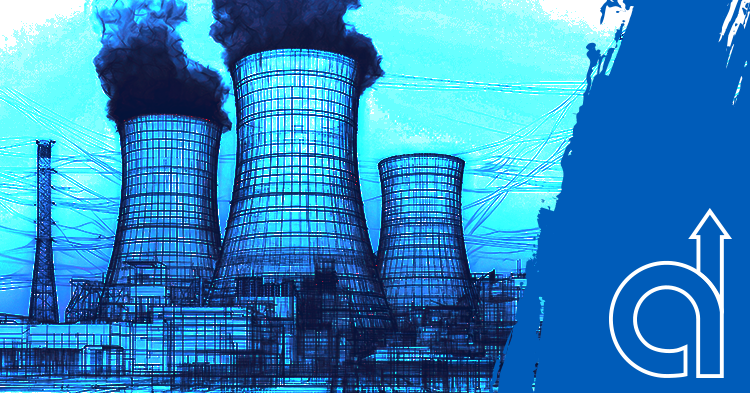
by American Crane | Dec 17, 2024 | Industry News, Manufacturers, Uncategorized
Quality assurance is a vital element for the success of nuclear power plants. Establishing a system in your plant to ensure that all project activities are carried out in a planned, systematic, and controlled way is not only key for safety but also to ensure that your...
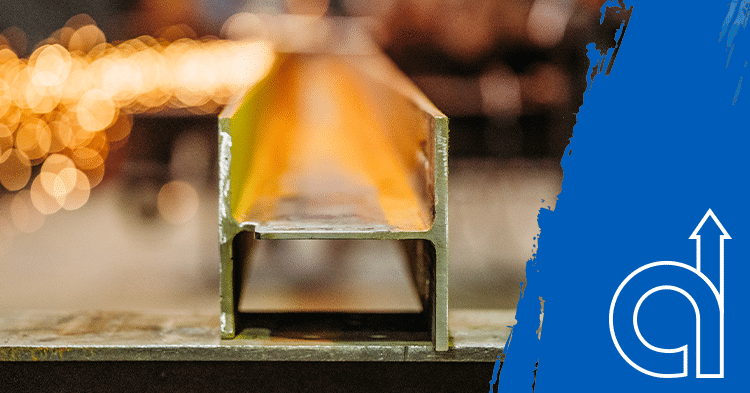
by American Crane | Nov 28, 2024 | Uncategorized
In metalworking environments, efficiency, precision, and safety are crucial. From handling massive metal coils to precisely lifting plates and bars, your operations rely on the strength and performance of your material handling equipment. At American Crane &...








